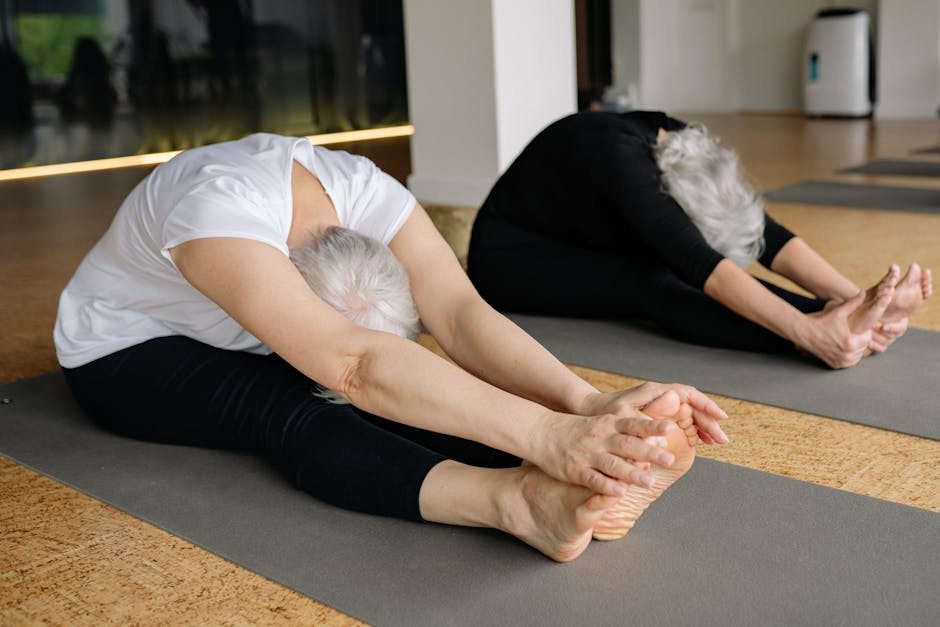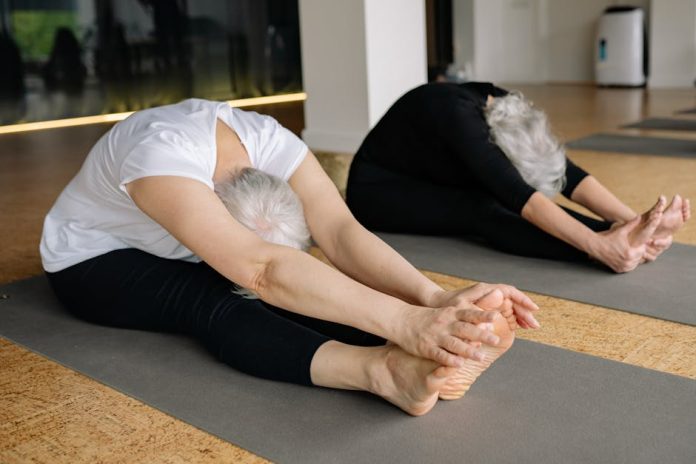
The Silent Threat to Your Bones (and How Pilates Can Help)
Osteoporosis, a condition that makes bones weak and brittle, is often called a “silent disease” because it can progress without symptoms until a bone breaks. While factors like age and genetics play a role, the good news is that you have a powerful tool to fight back: exercise. And when it comes to building bone density, Pilates is emerging as a superstar. But can this low-impact workout truly prevent osteoporosis? We asked the experts to weigh in.
The short answer is a resounding yes. “Pilates is exceptionally well-suited for bone health,” explains Dr. Alisha Gray, a physical therapist specializing in geriatric wellness. “It operates on a principle called Wolff’s Law, which states that bones adapt to the loads placed upon them. The targeted resistance from Pilates, whether from your own body weight or the springs of a reformer, provides the necessary mechanical stress to stimulate bone-building cells.”
More Than Just a Core Workout: The Pilates-Bone Health Connection
Unlike some high-impact exercises that can be jarring, Pilates builds strength from the inside out. It focuses on several key areas crucial for preventing osteoporosis and related injuries:
- Weight-Bearing Resistance: Many Pilates exercises require you to support your own body weight, directly loading the bones in your arms, legs, and spine.
- Improved Balance and Proprioception: A huge risk for those with weak bones is falling. Pilates drastically improves your balance and body awareness, significantly reducing your risk of a fracture-inducing fall.
- Spinal Strength and Posture: By strengthening the small muscles that support your spine, Pilates promotes better posture, which takes undue pressure off your vertebrae.
5 Expert-Approved Pilates Moves for Stronger Bones
Ready to build a stronger skeleton? A certified instructor is always your best guide, but you can incorporate these bone-boosting moves into your routine. Focus on slow, controlled movements.
1. The Bridge
Why it works: This classic move strengthens the hips, glutes, and spine, loading the femur and vertebrae in a safe, supported position.
How to do it: Lie on your back with your knees bent, feet flat on the floor hip-width apart. Inhale to prepare. As you exhale, press through your feet to lift your hips off the floor until your body forms a straight line from your shoulders to your knees. Inhale at the top, and exhale to slowly lower back down one vertebra at a time.
2. The Swan Prep
Why it works: This is a gentle back-extension exercise that strengthens the muscles along the spine, helping to build density in the vertebrae and improve posture. It’s a safe alternative to the forward-bending exercises you should avoid.
How to do it: Lie on your stomach with your hands under your shoulders, elbows close to your body. As you inhale, gently press into your hands to lift your head and chest off the mat, keeping your gaze slightly forward. Go only as high as you can without straining your lower back. Exhale to lower back down.
3. Side-Lying Leg Lifts
Why it works: This exercise targets the hip abductor muscles and directly loads the head of the femur, a common site for osteoporotic fractures.
How to do it: Lie on your side with your legs stacked and straight. Use your bottom arm to support your head. Exhale and lift your top leg towards the ceiling, keeping it straight and your core engaged. Inhale as you slowly lower it back down. Complete your reps and switch sides.
4. Quadruped (All-Fours) Leg and Arm Reach
Why it works: A fantastic exercise for balance and core stability, this move engages your whole body, placing gentle, weight-bearing stress on your wrists, shoulders, and hips.
How to do it: Start on all fours with your wrists under your shoulders and knees under your hips. Engage your core. As you exhale, extend your right arm forward and your left leg straight back simultaneously. Hold for a breath, focusing on stability, then return to the starting position. Alternate sides.
5. Plank
Why it works: The plank is the ultimate weight-bearing exercise. It strengthens the wrists, arms, shoulders, and spine all at once, providing a full-body stimulus for bone growth.
How to do it: Place your hands directly under your shoulders and extend your legs back, coming onto the balls of your feet. Your body should form a straight line from head to heels. Keep your core tight and don’t let your hips sag. Hold for 20-60 seconds. For a modification, perform the plank on your forearms.
A Quick Word of Caution
While Pilates is incredibly beneficial, it’s not without risks if done improperly. If you have been diagnosed with osteoporosis or osteopenia, it’s crucial to consult your doctor before starting. Seek a qualified Pilates instructor who has experience with bone health conditions. They will know to avoid exercises involving deep forward flexion (like roll-ups) or extreme twisting, which can put unsafe pressure on the vertebrae.
The verdict is clear: Pilates is a powerful, safe, and effective strategy in the fight against osteoporosis. By incorporating these controlled movements into your life, you’re not just building muscle—you’re building a stronger, more resilient skeleton for years to come.

